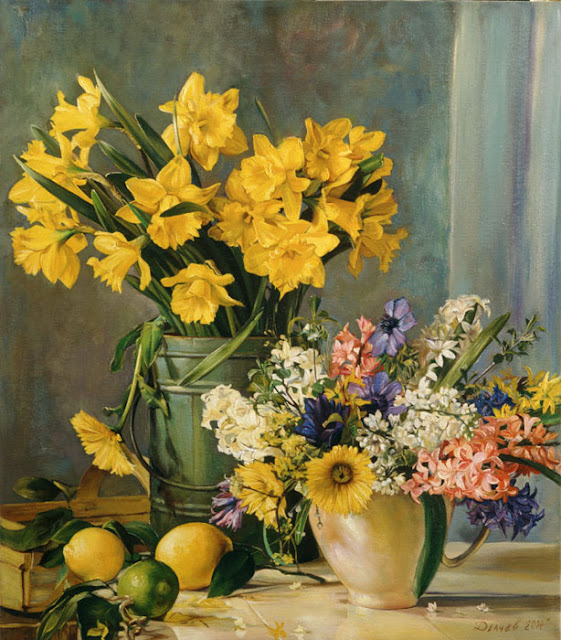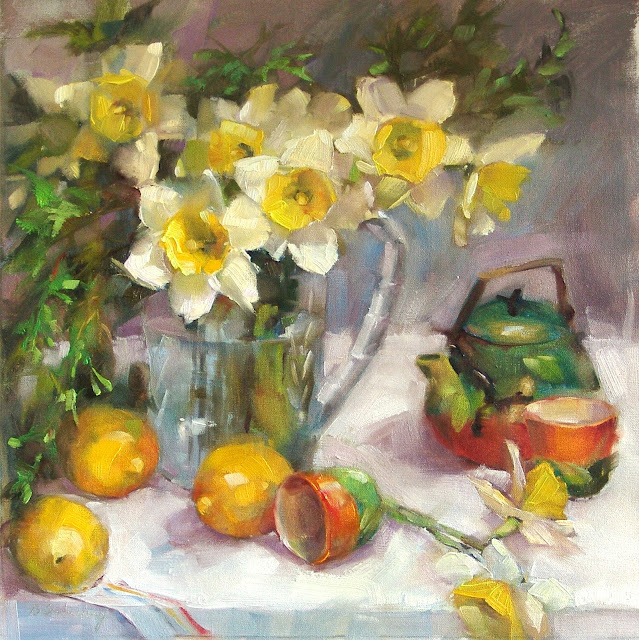Cleethorpes seems to have the answer to the ubiquitous Canada Geese that plague parks all over Britain for they are simply not evident at the small Boating Lake by the sea front. However Greylag abound and in the distance we saw what we first thought to be Canada Geese, but after a few visits realised that it was actually a flock of Barnacle Geese spending the winter with us. I know of thousands that winter in my home county of Cumbria by the Solway Firth but did not realise they were to be found on the East Coast of the UK. I wondered about this and discovered an article in the Grimsby Telegraph, dated August 2012, and the following account from a reader: "Originally a pair of barnacles arrived and the following year they returned with three goslings – the following year there were 11 and so it has gone on over the years. The last time we counted them there were well over 40." I estimate there are double that amount now and two others. One is a Greylag that was noted by the correspondent in 2012, and has always been with the flock since we paid attention, plus another hybrid, again identified in 2012, that may well be the result of a pairing with the North American "Ross's Goose". Given that Barnacle Geese spend over six months of the year as far north as Svalbard I suspect the solitary Greylag and hybrid have interesting lives.
Afternote: I received word from Steve at Birdguides explaining this population of geese appears to be a feral flock and therefore not truly of interest to the organisation. "Feral" suggests birds that have escaped from domestication and then bred freely. Now we don't want another Canada Goose or Grey Squirrel population do we? Certainly not but I will make an exception in this case.
Afternote: I received word from Steve at Birdguides explaining this population of geese appears to be a feral flock and therefore not truly of interest to the organisation. "Feral" suggests birds that have escaped from domestication and then bred freely. Now we don't want another Canada Goose or Grey Squirrel population do we? Certainly not but I will make an exception in this case.


























































